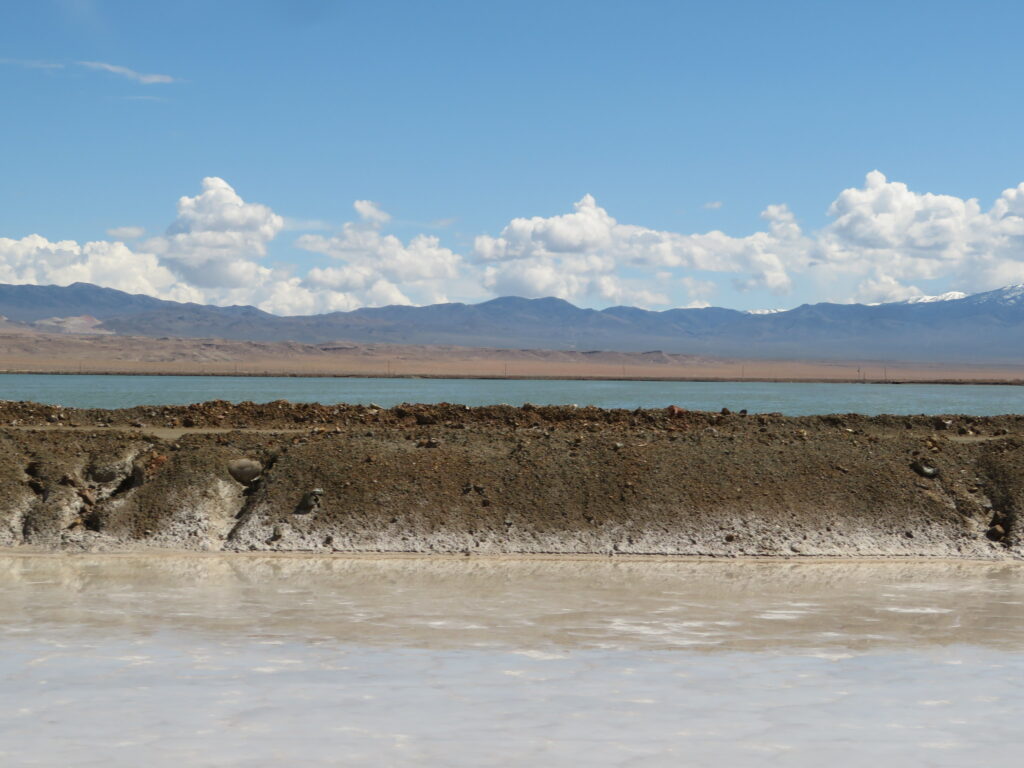
Human history has often been described in terms of a succession of metal ages: the copper age, the bronze age, and the iron age. In many ways, we have now entered the lithium age. The light metal goes into the batteries that power smartphones, electric vehicles, and massive storage banks for the power grid. Lithium has become a critical strategic resource.
As it stands now, the U.S. gets most of its lithium from imports from Australia and South America. Major lithium sources are not commonplace; in 2022 there were only 45 lithium mines in the world. Many of the known deposits are not in North America but in Chile, Bolivia, Argentina, China, and Australia. The current largest known lithium deposits lie beneath the salt flats of Bolivia.
Lithium Americas Corporation, a company dedicated to advancing lithium projects to the stage of production, funded research over the past decade that has identified vast deposits of lithium-rich clay in a dormant volcanic crater along the Nevada-Oregon border. The McDermitt Caldera is estimated to hold between 20 and 40 million tons of lithium, which would make it the largest deposit in the world.
There are many questions still to answer. It is not clear how easy it will be to extract lithium from the clay, in particular how expensive or carbon-intensive it will be. There are also political complexities since the area where the lithium deposit was found is considered to be unceded ancestral land for both the Paiute and Shoshone tribes.
Apart from a dearth of domestic sources of lithium, the US also lags well behind China in lithium processing capabilities. The country has catching up to do in the new lithium age.
**********
Web Links
America Just Hit the Lithium Jackpot
Photo, posted April 19, 2020, courtesy of Ken Lund via Flickr.
Earth Wise is a production of WAMC Northeast Public Radio
Leave a Reply